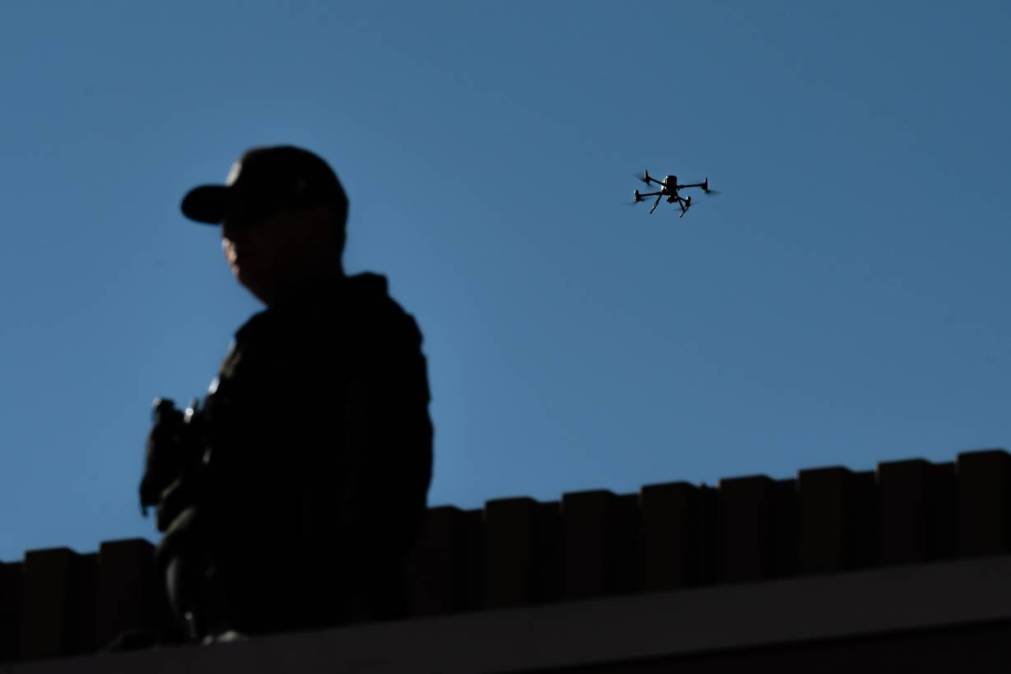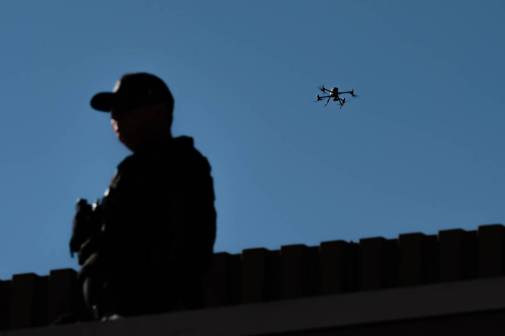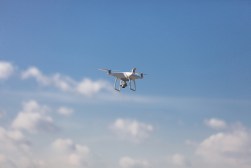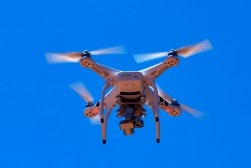FAA to ease restrictions on flying drones beyond operator’s line of sight

On Tuesday, the Federal Aviation Administration released a proposed new rule that would allow drones to fly beyond the operator’s visual line of sight without needing individual waivers.
The move, which marks a major change in drone regulations, is aimed at expanding the use of drones, from delivering packages and medicine to inspecting infrastructure and monitoring agriculture.
Normally, the FAA grants BVLOS waivers on an case-by-case basis when applicants show they can safely operate drones using appropriate mitigation measures, such as detect-and-avoid systems, when flying beyond the pilot’s visual range.
Under the proposed rule, drones would be limited to flights at or below 400 feet, launch only from FAA-approved locations and must be equipped with collision-detection systems. “Lower-risk” drones, such as for real estate photography, roof inspections or recreational use, would operate under streamlined permits, while more complex missions, such as search and rescue or other emergencies, would require enhanced certification.
“We are making the future of our aviation a reality and unleashing American drone dominance. From drones delivering medicine to unmanned aircraft surveying crops, this technology will fundamentally change the way we interact with the world,” Transportation Secretary Sean Duffy said in a press release.
The proposed rule also mandates cybersecurity protocols, background checks for operators and coordination with future drone traffic management systems.
The FAA will accept public comments for the next 60 days before the rule is finalized.






